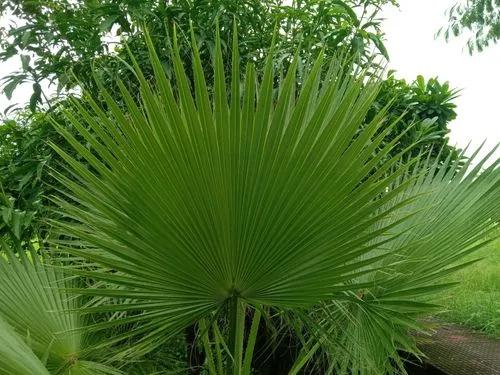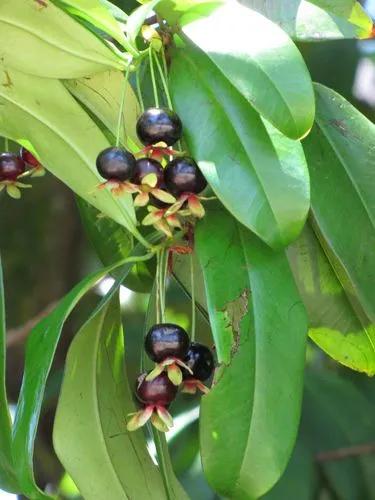Catalpa, commonly called catalpa or catawba, is a genus of flowering plants in the family Bignoniaceae, native to warm temperate and subtropical regions of North America, the Caribbean, and East Asia.
Catalpas Care
Catalpa



Most Catalpa are deciduous trees; they typically grow to 12–18 metres (40–60 ft) tall, with branches spreading to a diameter of about 6–12 metres (20–40 ft). They are fast growers and a 10-year-old sapling may stand about 6 metres (20 ft) tall. They have characteristic large, heart-shaped leaves, which in some species are three-lobed. The large leaves and dense foliage of Catalpa species provide good shelter from rain and wind, making the trees an attractive habitat for many species of birds. They do not present many threats of falling limbs, but the dark-brown fruit husks that they drop in late summer may be a nuisance. Growing catalpa trees is easy but they have the tendency to naturalize in areas where the tree isn’t native. This potentially invasive potential is more common in border states around the plant’s natural range.
How to Care for the Plant

Water

Water the plant well and every week until it has established. Once the tree has rooted, water is only needed in periods of extreme drought. Avoid overhead watering, which can cause mildew and fungal problems.

Fertilizer

Fertilize in spring with a balanced fertilizer to promote health.

Sunlight

Choose a location that receives full sunlight or only partial shade.

Soil

The soil should be slightly acidic and have good drainage. Applying mulch can help retain moisture and prevent weeds from sprouting.

Temperature

Catalpa trees are hardy and can be grown in areas with the lowest winter temperatures down to −34.4°C (−30°F).

Popularity

86 people already have this plant 16 people have added this plant to their wishlists
Discover more plants with the list below
Popular articles






